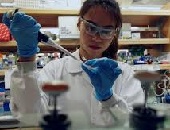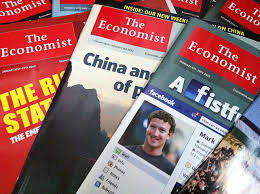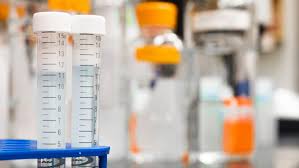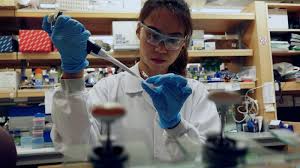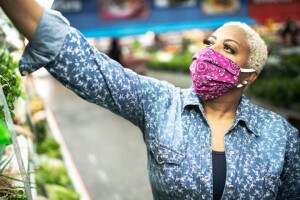How is the world grappling with the Covid-19 Pandemic, especially in the realm of science?
Much is happening and the world is hungry for information on these fronts, was the consensus of the panel convened by the magazine the Economist, which presented a webinar on July 30, 2020, titled “The Inside Story: The Impact of Covid-19.”
Helen Joyce, executive editor for events at the Economist, interviewed two staffpersons, working on different aspects of the pandemic. She also ran a Q & A session with an audience of thousands via the Zoom platform. This is part one of a two-part summary.
The first panellist was Alok Jha, science writer and author of three books (The Water Book, The Doomsday Handbook: 50 Ways to the End of the World, and How to Live Forever: And 34 Other Really Interesting Uses of Science). He has previously covered other pandemics, such as the swine flu pandemic, “But I have never seen the rate of spread and invasiveness to this extent,” he said.
Some parts of the scientific process are normally done “behind closed doors” but now, he said, because of the pressure to solve the pandemic problem, we are seeing some of the “less nice bits of the scientific process happening in public,” things such as arguments and getting led astray.
People want information immediately, he said, “but some things simply take time… and information needs to be tested by time.” For example, vaccines normally take a decade to develop. There are currently 160 vaccine candidates being developed. “How can we make sure the Covid vaccine is safe for the long term? Well, we have to wait it out for the long term.”
“How long will the immunity last?” he said. This is also not known. Three months later, the Covid-19 antibodies in the blood are very low. He said it could become similar to the common cold, where immunity is lost in a matter of months “but the next cold is usually not so bad.” He said that the SARS-type vaccine confers only about one year of immunity.
He described briefly the “flu vaccine industry.” It travels with flocks of birds and is tracked in different parts of the world. Every year, the top 2 or 3 strains of flu virus go into the new vaccine, and that takes six months to make and roll out.
Once a vaccine is known, “it’s a colossal problem, how to make enough for world demand.”
“Convalescent plasma is being given to high-risk workers,” he noted, but it will take time to determine how effective that is.
Another open question concerns the treatment of infected patients. “How can we reduce the severity of the disease? Can we reduce the total number of the most severe cases?”
Jha wonders where the Covid-19 virus came from. “Scientists have been warning about pandemics for decades.”
There are about 1.26 million viruses, “but only a few thousand viruses are actually known.” A proposal was made some years ago to “sequence and catalog viruses everywhere” to allow us to pre-emptively create vaccines and drugs. “They estimate it will cost a billion dollars to sequence and catalog 70 percent of the main viruses,” Jha said.
Once a vaccine is available, half of the American population is not sure they will take it. “It’s a reasonable worry,” Jha said. “Side effects – that’s why you do testing for 10 years.”
Jha addressed the concerns over false negatives and false positives. “These have caused confusion about the tests for the virus, and a lack of confidence in the tests.” Every test has 2 important factors: how sensitive is it? How specific is it?
The debate: “Are cloth masks worthwhile?” has now shown that the material in a mask will reduce the number and size of droplets. Unfortunately, mask-wearing is becoming politicized. ♠️

